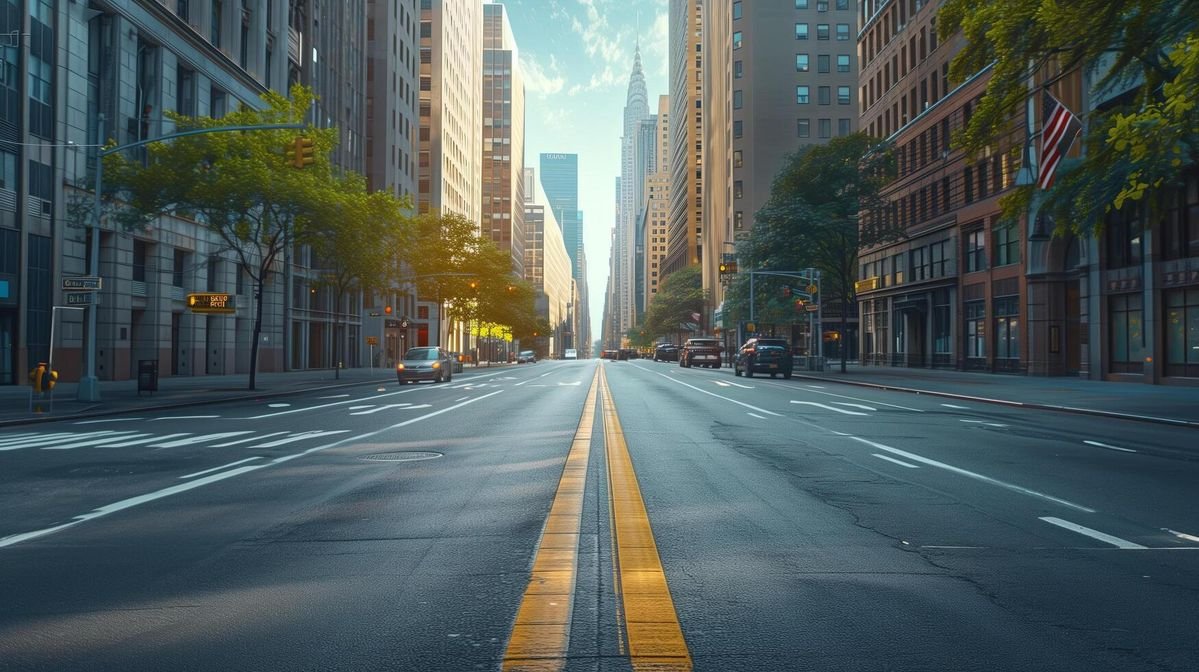Real estate investing is often sold as a guaranteed path to wealth. Buy a property, wait a few years, and watch its value climb,simple, right? Not exactly. While some cities experience consistent appreciation, becoming wealth hubs over time, others stagnate for decades. Understanding why some markets never grow is critical if you’re a global investor, digital nomad, or simply someone thinking about planting roots abroad.
This isn’t just about numbers,it’s about long-term financial freedom, mobility, and making choices that align with your future priorities.
1. The Myth of Automatic Appreciation
Many investors assume that all property goes up in value if you just hold it long enough. But history tells a different story. Cities like Detroit in the U.S., Porto in Portugal (pre-2000s), or even parts of Eastern Europe after the Soviet collapse show that some markets can remain flat or worse, decline for decades.
Property appreciation depends less on “time” and more on fundamentals: economic growth, demographic shifts, governance, and cultural desirability. Without these, a property might never climb in value, no matter how long you hold it.
2. The Key Factors Behind Stagnant Cities
a) Weak Economic Base
Cities tied to a single declining industry often collapse in value. Detroit’s dependence on auto manufacturing or many West African towns tied solely to oil demonstrate what happens when jobs vanish and no replacement economy arises.
b) Population Decline
Appreciation requires demand. If people are leaving rather than arriving, property values stagnate. Shrinking cities in Eastern Europe (like parts of Bulgaria or Romania) have affordable real estate, but no consistent upward push.
c) Bad Governance and Corruption
Investors underestimate how much local politics matter. A city plagued by corruption, unstable property laws, or constant changes in land-use policy can never build investor confidence. Lagos, Nigeria, for instance, has booming sectors but also suffers from planning chaos that can hold back appreciation.
d) Poor Infrastructure
Cities without reliable transport, clean water, or basic services struggle to attract middle-class families and businesses. A new metro line in Istanbul can push neighborhoods up overnight; lack of infrastructure in other places leaves entire districts frozen in time.
e) Cultural and Social Perception
Some cities are simply unattractive to outsiders due to safety concerns, pollution, or lack of global connectivity. Even if property is cheap, international buyers don’t want to live there or park capital there,limiting appreciation potential.
3. Why It Matters for Global Investors
a) Cash Flow vs. Capital Growth
A city that doesn’t appreciate can still provide strong rental yields. For example, some Balkan towns deliver 7–10% annual returns, but you shouldn’t expect the property to double in value. Investors must decide: are you playing for cash flow or growth?
b) Illusion of “Cheap” Property
Low entry prices can be a trap. A $25,000 apartment in a small town might seem like a bargain, but if no one wants to live there in 10 years, you’re stuck with a dead asset.
c) Exit Strategy Risk
Buying in a non-appreciating city means limited resale options. You may collect rent for years, but selling quickly at a profit may be impossible. This matters if you want liquidity or to move capital elsewhere.
d) Geopolitical Leverage
Global citizens and passport seekers often look at real estate as a gateway to residency or citizenship. Choosing a stagnant city may technically get you the visa, but the property itself might remain a liability long after.
4. Case Studies
- Detroit, USA (Decline then Recovery): Collapsed in the late 20th century, bottomed out, then slowly rebounded as tech and arts revived downtown. Investors who bought after the collapse saw gains, but those who bought in the 1970s are still underwater.
- Varna, Bulgaria (Stagnant): Attractive seaside property, but weak foreign demand, limited infrastructure investment, and population decline keep appreciation slow compared to Sofia.
- Dubai, UAE (Boom-Bust Cycles): Property values rise quickly with global interest but can stagnate for years when speculative bubbles burst. Not all “glamorous” cities guarantee steady growth.
5. How to Spot a City That Will Appreciate
- Rising Population: People are moving in, not out.
- Economic Diversification: More than one thriving industry.
- Government Investment: Visible upgrades in roads, transport, airports.
- International Visibility: A growing expat or tourism presence.
- Cultural Momentum: Universities, startups, and creative industries taking root.
6. Final Thoughts
Not every city is destined to rise. Some will remain cheap forever, others will see cycles of boom and stagnation, and a few will skyrocket into global hubs.
For global men,investors, digital nomads, or passport seekers the key is to separate romance from reality. A charming old town might look good on Instagram, but without real economic and demographic momentum, it may never appreciate.
Understanding why some cities never rise helps you avoid traps, invest with clarity, and align your financial moves with your long-term lifestyle goals. Because in the end, appreciation isn’t just about property,it’s about freedom of choice.













